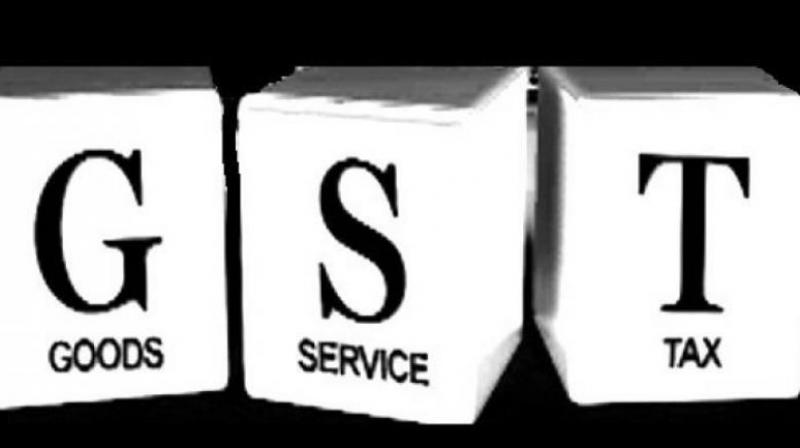All you need to know about GST invoice
The CBEC released a list highlighting GST provisions addressing concerns of traders regarding paperwork.

Mumbai: With the Goods and Services Tax ready to go on floors from July 1, there seems to be widespread confusion among traders regarding GST provisions on invoice for trade. The Central Board of Excise and Customs (CBEC) released a list highlighting GST provisions that address these confusions.
The CBEC, under the Department of Revenue, said: "There are some apprehensions in the trade circles that GST invoices have to be issued as per prescribed format and that issuing invoice is going to be burdensome process. This is not correct. Some important facts about GST provisions relating to invoice are highlighted for information of all stakeholders".
The highlights from the list are as follows:
1) GST taxpayers will be at liberty to design the format of their invoice.
2) GST law however mentions certain categories that must be in the invoice.
3) The prescribed time period for the issue of invoices will vary with different good and services. In the case of goods, it is at any time before the delivery of the good. In the case of services, it is within 30 days from the date of supply of services.
4) For small taxpayers making transactions worth Rs 200 (at max) per transaction to unregistered customers do not need to issue invoice for every such truncation. They can make do with one consolidated invoice containing details of all such transactions made at the end of the day. However, they should be able to issue the invoice whenever the customer demands.
5) The GSTN provides an invoice reference number to the taxpayer. If he has generated this number, his goods do not need to be accompanied by the paper copy of invoice during transportation of his goods as opposed to the existing rule. This mechanism will help to address frequently reported issues like misplacement or damage of paper invoices in the course of transportation of goods.
6) The GST law mandates that taxpayers with an annual turnover of up to Rs 1.5 crore need to mention the HSN Code of the goods in the invoices. This has been done to keep compliance burden low for small taxpayers.
7) As a large number of transactions are made in the banking, insurance and passenger transport sector everyday, taxpayers do not need to mention the customer’s address and the serial number in their invoices.
8) In cases where the goods have been transported for delivery but the quantity to be supplied is unknown at the time of removal, the goods may be removed using the delivery challan and the invoice may be issued post the delivery.
9) The law does not require the taxpayer to issue a separate Bill of supply if VAT invoice is issued for non-taxable supplies.
The country’s most awaited tax rate, which is being touted as the biggest tax reform will get rid of the ‘tax-on-tax’ system. The GST Council, chaired by Finance Minister Arun Jaitley has set rates, ranging from 5 per cent to 28 per cent for a variety of goods and services.
